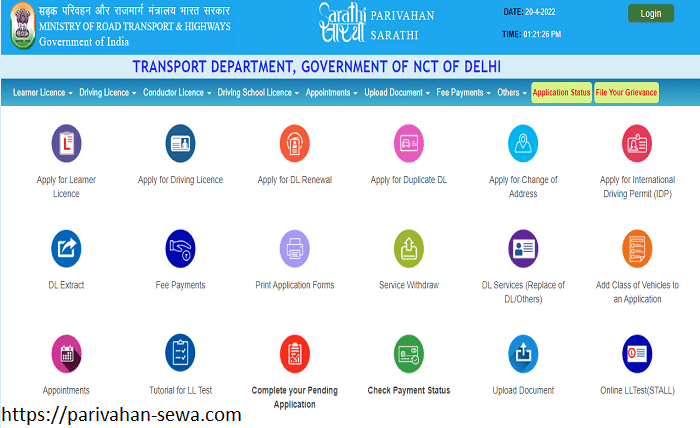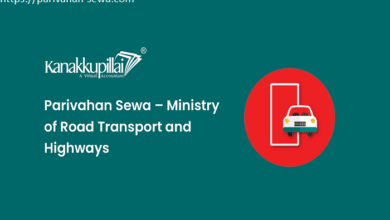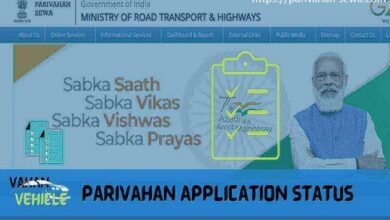
Introduction
Sewa Parivahan, or “service transportation,” is a concept gaining traction in many regions, aiming to improve transportation services by focusing on accessibility, reliability, and cost-effectiveness. This blog post explores the multifaceted approach of Sewa Parivahan, addressing its implementation, benefits, challenges, and future prospects.
Sewa Parivahan
Sewa Parivahan is not just a transportation service but a commitment to enhancing the mobility of the general public. It integrates various modes of transportation to offer seamless service to its users, prioritizing convenience and efficiency.
The Impact on Urban Mobility
In urban areas, Sewa Parivahan has the potential to transform public transit systems by reducing congestion and pollution. It promotes the use of eco-friendly vehicles and shared services, making urban transportation more sustainable.
Benefits for Rural Areas
Rural regions benefit significantly from Sewa Parivahan, as it provides vital connections to remote areas, improving access to essential services and opportunities. It’s a step toward bridging the urban-rural divide in transportation accessibility.
Technological Integration in Sewa Parivahan
Technology plays a crucial role in optimizing Sewa Parivahan. From GPS tracking to app-based service requests and digital payments, technology enhances operational efficiency and user experience.
Challenges Facing Sewa Parivahan
Despite its benefits, Sewa Parivahan faces challenges such as infrastructure demands, initial investment costs, and resistance from traditional transport providers. Addressing these issues is essential for its successful implementation.
Government Policies and Sewa Parivahan
Government support is pivotal in the expansion of Sewa Parivahan. Policies that encourage investment in service-based transportation can accelerate the adoption of this model across different regions.
Sewa Parivahan and Environmental Sustainability
Sewa Parivahan contributes to environmental sustainability by promoting the use of electric and hybrid vehicles. This approach not only reduces the carbon footprint but also aligns with global sustainability goals.
The Economic Implications of Sewa Parivahan
Sewa Parivahan can boost local economies by creating jobs and reducing transportation costs. Its focus on service rather than profit margins makes it a viable option for economic development.
Future Trends in Sewa Parivahan
The future of Sewa Parivahan looks promising with advancements in autonomous vehicles and AI. These technologies could further streamline transportation services and improve safety standards.
Real-World Examples of Sewa Parivahan Success
Several regions have successfully implemented Sewa Parivahan models, showcasing improved efficiency and customer satisfaction. These examples serve as benchmarks for other areas considering similar initiatives.
Conclusion
Sewa Parivahan represents a significant shift towards service-oriented transportation, promising enhanced accessibility, reduced environmental impact, and economic benefits. With continued support and technological integration, it can redefine the way we think about mobility in both urban and rural settings.
FAQs
Q1: What is Sewa Parivahan?
- Sewa Parivahan is a service-oriented transportation model focusing on efficiency, affordability, and accessibility, integrating various transport modes to serve public needs better.
Q2: How does Sewa Parivahan benefit urban areas?
- In urban areas, Sewa Parivahan reduces congestion, lowers pollution levels, and promotes sustainable practices by integrating eco-friendly transportation options.
Q3: Can Sewa Parivahan improve rural transportation?
- Yes, Sewa Parivahan significantly enhances connectivity in rural areas, providing better access to essential services and facilitating economic growth.
Q4: What role does technology play in Sewa Parivahan?
- Technology enhances the efficiency and user experience of Sewa Parivahan through features like GPS tracking, digital payments, and app-based service management.
Q5: What are the future trends in Sewa Parivahan?
- Future trends in Sewa Parivahan include the integration of autonomous vehicles and AI to improve service delivery and safety, further revolutionizing this transportation model.





